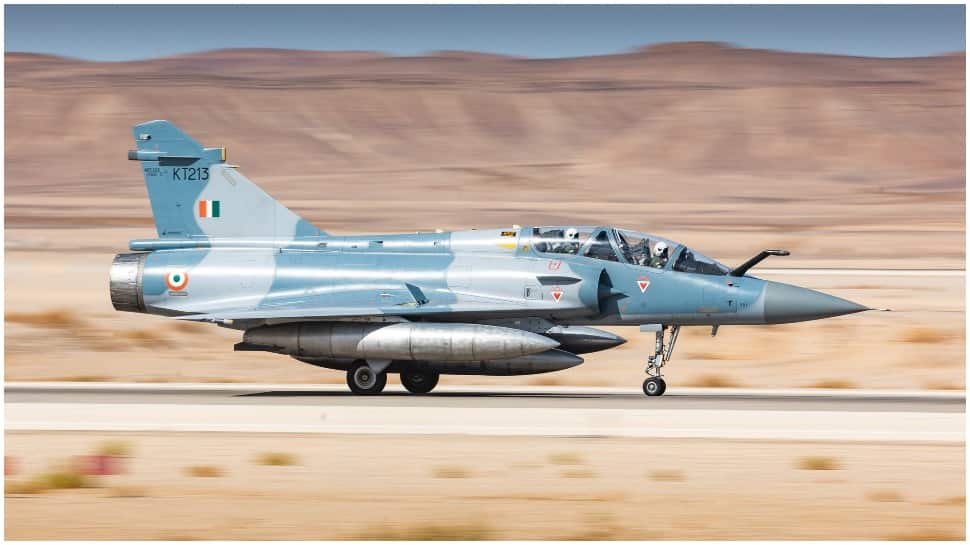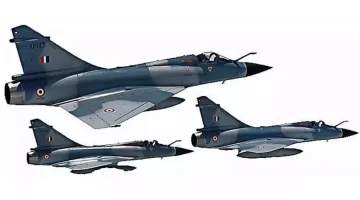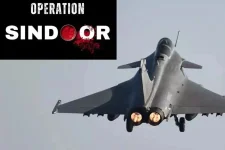- Views: 2K
- Replies: 16

The Indian Air Force's (IAF) reported consideration of acquiring Greece's decommissioned Mirage 2000 fighter jets offers more than spare parts.
This potential deal carries geopolitical implications that reveal India's strategic calculus in a volatile region.
Pragmatism Amidst Regional Tensions
India's longstanding rivalry with Pakistan and the complex dynamics surrounding China make maintaining a robust air force a paramount concern.With Dassault's 2007 halt to Mirage 2000 production, acquiring spares becomes a logistical and geopolitical challenge.
Greece's offer, on the surface a cost-effective fix, reflects India's pragmatic approach to securing vital resources in a landscape of shifting alliances.
Beyond the Technical: Signaling and Partnerships
The potential deal, while operationally limited, sends a subtle signal to both allies and rivals. By aligning with Greece, a fellow NATO member, India subtly diversifies its defense procurement sources without overtly challenging its traditional relationship with Russia.Simultaneously, it underscores India's resourcefulness in the face of potential manufacturer dependency, a point of concern for nations with legacy weaponry from a limited pool of suppliers.
Balancing Power in a Contested Region
While primarily a logistical move, this deal echoes India's participation in multilateral military exercises with partners like the US and the Quadrilateral Security Dialogue (Quad).These exercises and potential acquisitions like the Greek Mirages serve as a subtle counterweight to China's growing military power and influence in the Indo-Pacific region.
The Geopolitical Price Tag
However, the geopolitical benefits must be weighed against potential consequences. Deepening defense cooperation with Greece and other NATO members could subtly alter India's historically non-aligned position, potentially complicating its relationships within the broader Eurasian sphere.Furthermore, this focus on legacy aircraft might subtly divert attention away from much-needed investments in truly next-generation platforms.
The Future of India's Air Power
While the IAF's final decision on the Greek proposal remains uncertain, the situation reveals the difficult choices facing India as it seeks to maintain its airpower edge.It highlights the intricate interplay of technical requirements, resource constraints, and the geopolitical dynamics shaping India's strategic outlook.





